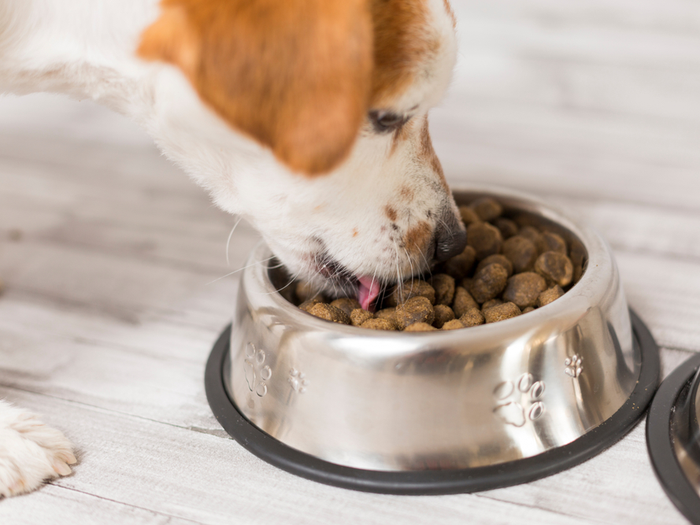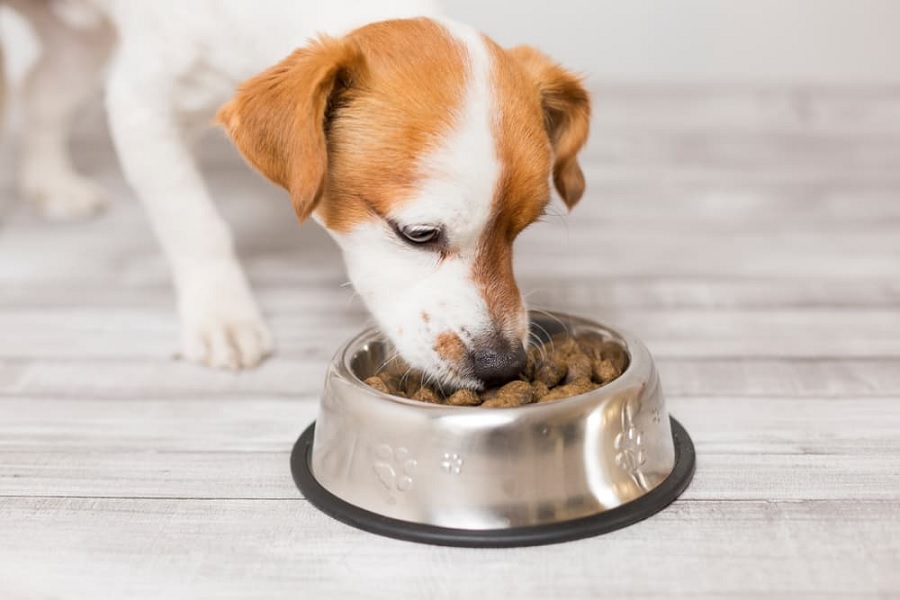The pet food industry, a billion-dollar, unregulated activity, benefits from the trash that in any case would end up in landfills or be changed into manure. The secret fixings in a container of business pet food may incorporate street kill and the delivered stays of felines and canines. The pet food industry asserts that its items comprise a “complete and adjusted eating routine” at the same time, in actuality, business pet food is unsuitable for human or creature utilization.
“Vegetable protein”, the backbone of dry canine food sources, incorporates ground yellow corn, wheat shorts and middling, soybean dinner, rice husks, nut feast and nut shells (distinguished as “cellulose” on pet food marks). These frequently are minimal more than the sweepings from processing room floors. Deprived of their oil, germ and grain, these “proteins” are lacking in fundamental unsaturated fats, fat-dissolvable nutrients and cancer prevention agents. “Creature protein” in business pet food varieties can incorporate sick meat, street kill, sullied material from slaughterhouses, fecal matter, delivered felines and canines and poultry feathers. The significant wellspring of creature protein comes from dead-stock expulsion tasks that stockpile purported “4-D” creatures dead, ailing, kicking the bucket or debilitated to “getting plants” for stow away, fat and meat evacuation. The meat (in the wake of being drenched with charcoal and stamped “unsuitable for human utilization”) may then be sold for pet food.

Delivering plants measure decaying creature bodies, huge street kill and euthanized canines and felines into a dry protein item that is offered to the pet food industry. One little plant in Quebec, Ontario, renders 10 tons (22,000 pounds) of canines and felines each week. The Quebec Ministry of Agriculture expresses that “the hide isn’t taken out from canines and felines” and that “dead creatures are cooked along with viscera, bones and fat at 115° C (235° F) for 20 minutes”.
The US Food and Drug Administration’s Center for Veterinary Medicine (CVM) knows about the utilization of delivered canines and felines in pet food sources, however has expressed: “CVM has not acted to explicitly preclude the delivering of pets. Notwithstanding, this shouldn’t imply that that the act of utilizing this material in pet food is overlooked by the CVM.”
In both the US and Canada, the pet food industry is essentially self-managed. In the US, the Association of American Feed Control Officials (AAFCO) sets rules and definitions for creature feed, including pet food sources. In Canada, the most conspicuous control is the “Naming Act”, essentially requiring item names to express the name and address of the maker, the heaviness of the item and regardless of whether it is canine or feline food. The Canadian Veterinary Medical Association (CVMA) and the Pet Food Association of Canada (PFAC) are willful associations that, generally, depend on the uprightness of the organizations they confirm to guarantee that item fixings don’t fall underneath least guidelines.
The greater part 85 to 90{c6ae2fff0c8ee61fe7d20fe836433dc8551213dc8014e84a410240b1dcaa0ad3} the pet food sold in Canada is produced by US-based multinationals. Under the details of the US-Canada Free Trade Agreement, neither the CVMA nor PFAC practices any authority over the fixings in jars of US pet food.

